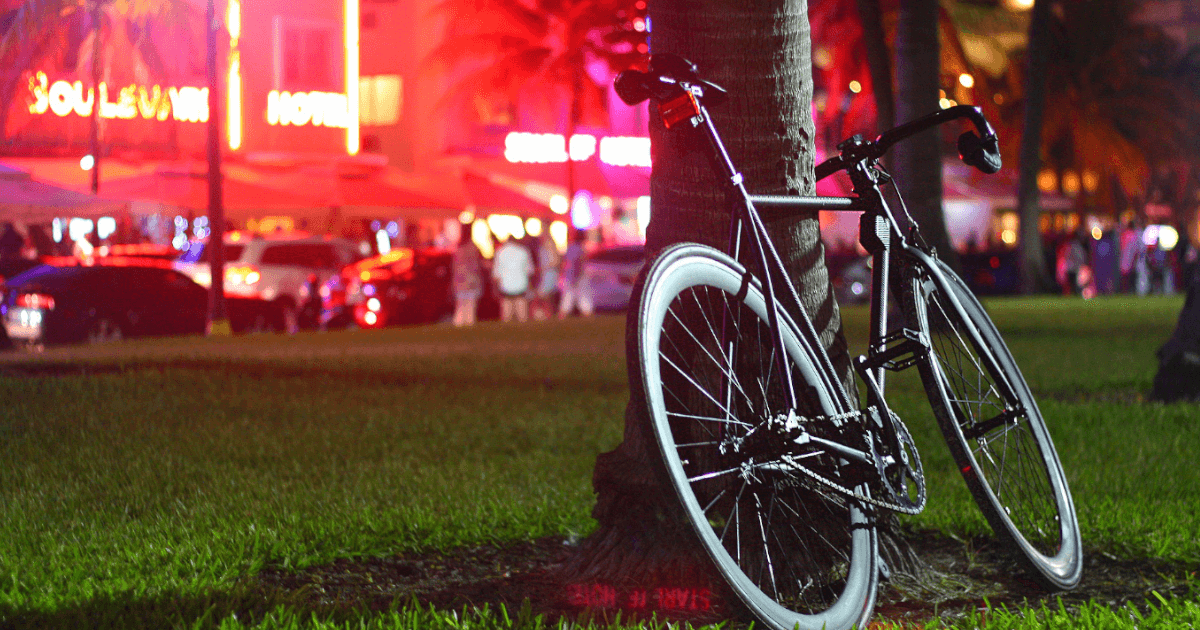- English
- 日本語
Benefits and Safety Tips for Night Road Cycling Training
Modified at: Aug 19, 2022
Posted at: May 17, 2022
Night training is a great option for road cyclists who can't ride during the day. This article explains the benefits of night rides and important safety precautions to keep in mind.

Table of contents
Sponsored Link
Benefits of Night Training on a Road Bike
Train After Work or School Even on Weekdays
The biggest advantage of night training is that it allows you to train on weekdays.
Especially for working adults, it’s often difficult to train during the day. However, with night rides, you can fit in road bike training after work every day.
Even an hour of cycling before bed, followed by a hot bath, can help you relax and sleep deeply.
Less Traffic and Longer Intervals Between Traffic Lights
During the daytime on weekdays, roads are often busy with commercial vehicles like buses and trucks, which can make cycling feel dangerous. But after 9 PM, even on weekdays, traffic significantly decreases, making it much safer and more comfortable to ride.
With fewer cars on the road, traffic light intervals tend to be longer as well. That means fewer stop-and-go moments and smoother, more efficient training sessions.
Cooler Even in Summer
Riding during the daytime in hot weather means battling the sun. Night training, on the other hand, avoids direct sunlight and tends to be cooler.
Even in midsummer, when temperatures may still be close to 30°C at night, it’s much easier on the body compared to training in 35°C or hotter during the day.
Precautions for Night Training
Prioritize Safety
When doing night training on a road bike, safety is the top priority. Visibility is lower at night, so it’s crucial to ensure that drivers on public roads can see you clearly.
In addition to the legally required front light and rear reflector, wear bright clothing and use a bright taillight or reflective gear. These small efforts can greatly increase your visibility.
Avoid wearing dark-colored clothing on a dark-colored bike—it makes you blend into the night, which is extremely dangerous.
Sponsored Link
Be Fully Equipped on Cycling Paths
Cycling paths are ideal for uninterrupted riding since they lack traffic lights. While they may be crowded during the day, they’re usually empty at night.
However, many cycling paths lack street lighting, making visibility extremely poor. People may still be out walking at night, so ride with extra caution to avoid accidents.
A strong front light is essential. With a weak light, your visibility might only extend 10 meters ahead, making it scary or even unsafe to ride—even on familiar routes—and forcing you to go so slow that it ceases to be effective training.
For well-lit roads, a 300-lumen light is typically enough. But on dark, unlit paths, you’ll want at least 800 lumens—ideally 1,000 lumens or more.
Also equip a taillight and wear a reflective vest so that you’re clearly visible to other riders and pedestrians.
Avoid Overtraining That Affects the Next Day
Just because it’s easier to ride at night doesn’t mean you should push yourself too hard. Intense training late at night can leave you fatigued the next day.
Be especially careful if you’re training every night or doing long rides on the weekend. Overtraining can lower your overall quality of life during the day.
Unlike daytime training, recovery time after night rides is often limited to your sleep. Adjust your training load based on when you need to wake up and what tasks you have the next day.